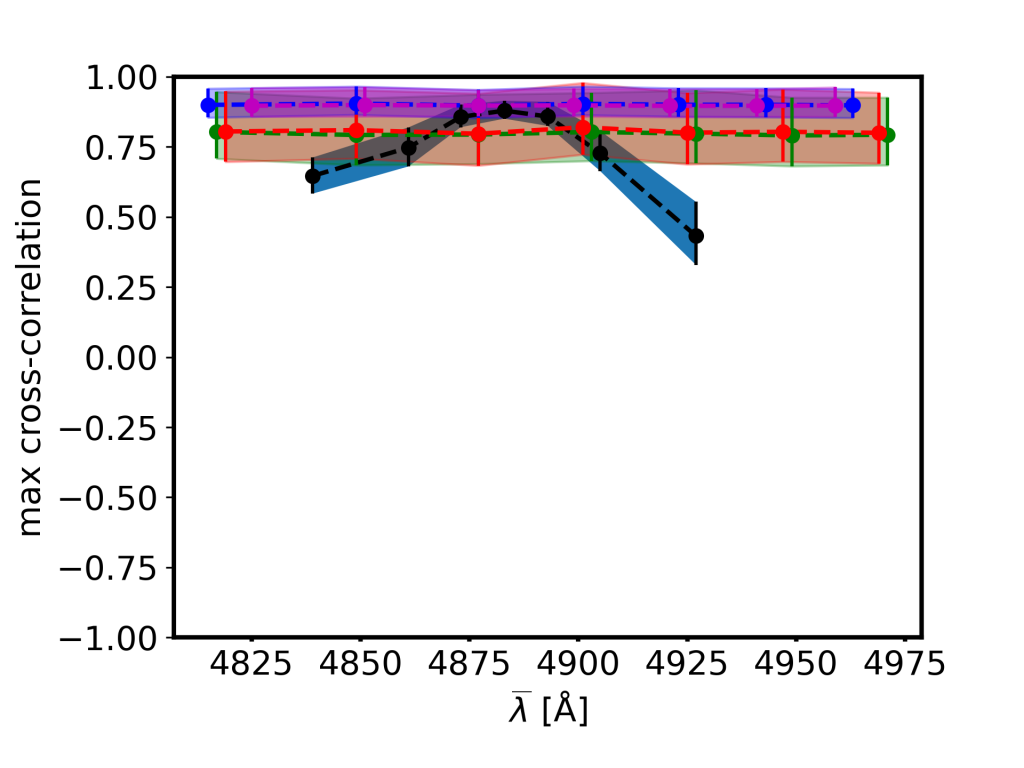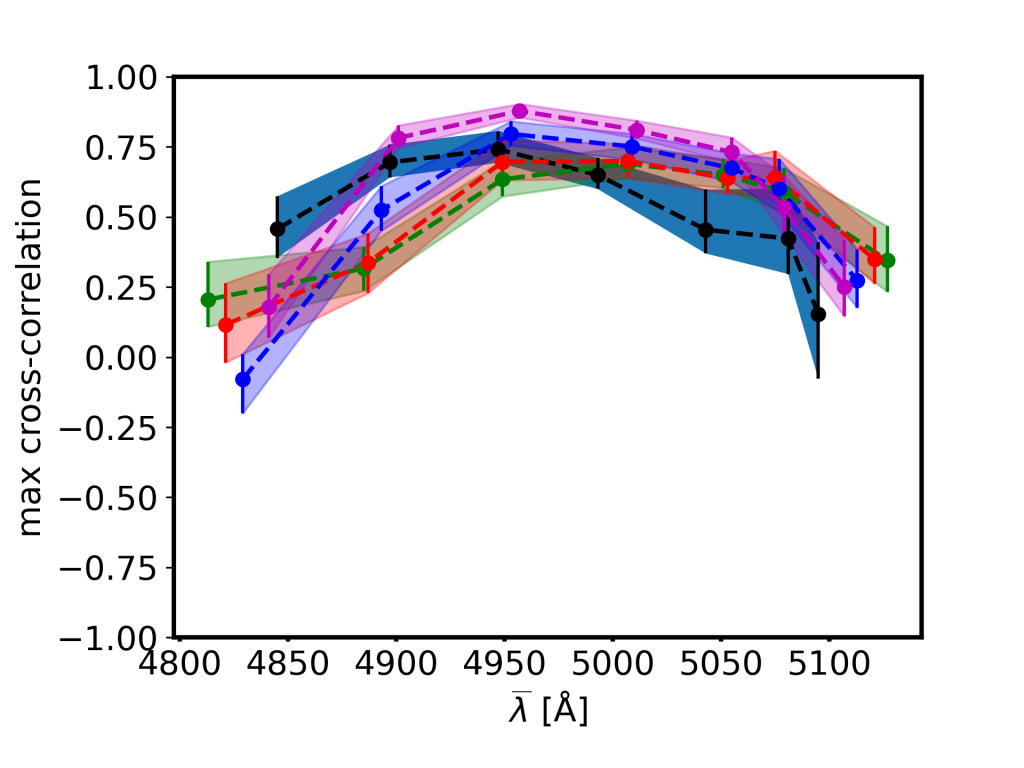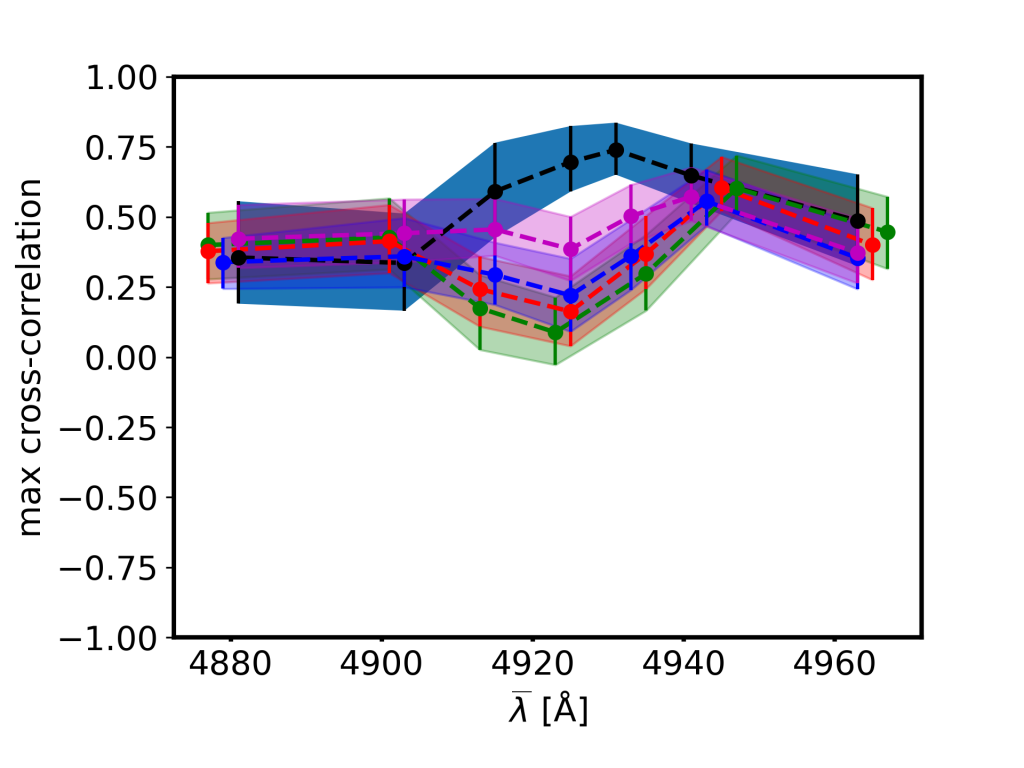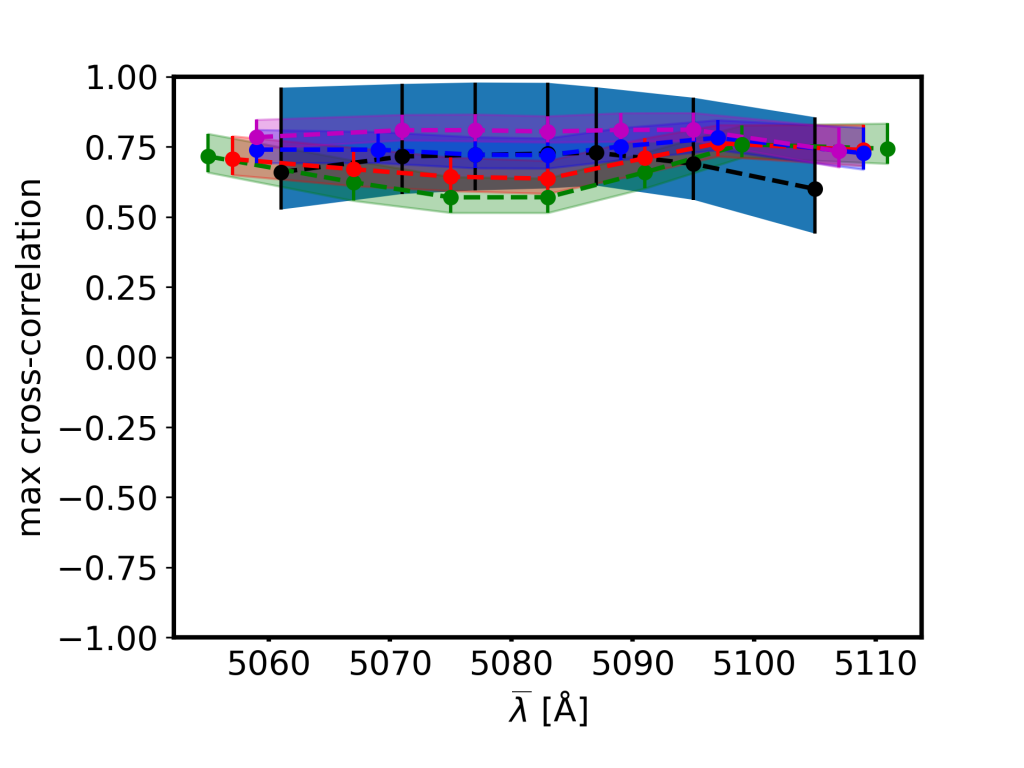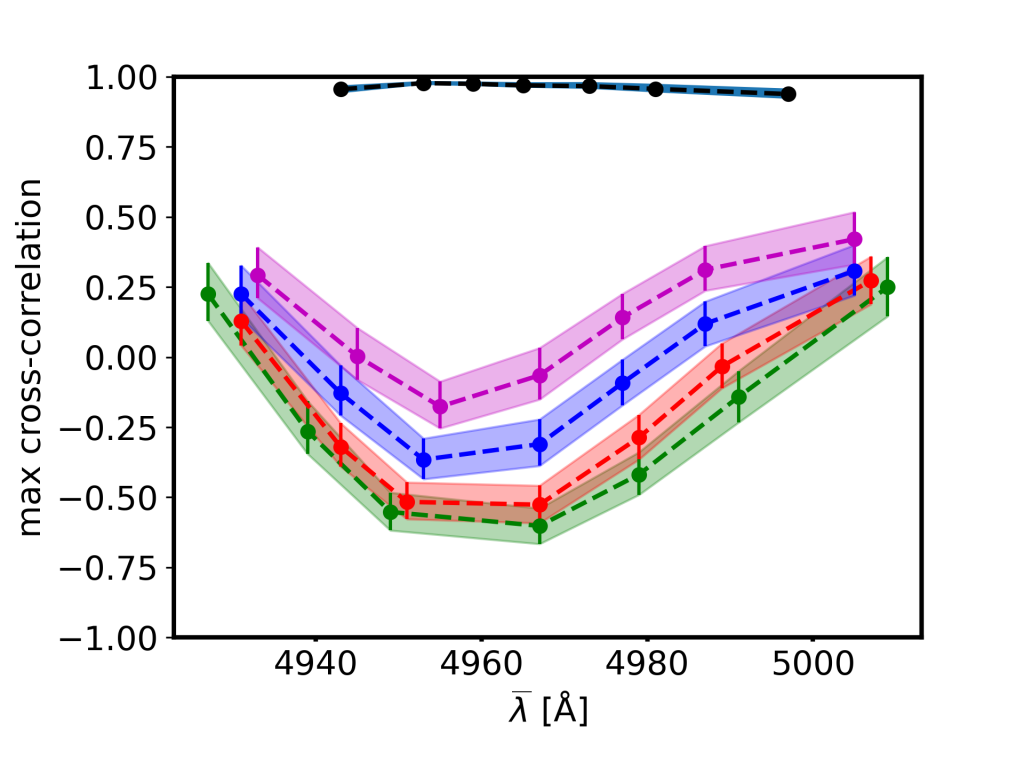A bit of history...
I have been involved since 2009 in the identification of MBH binaries and in follow-up observations to test their actual nature. The first candidate we proposed (SDSS J0927, Dotti et al. 2009, Bogdanovic et al. 2009, already proposed as a GW driven recoiling MBH by Komossa et al. 2008) did not survive a closer scrutiny… indeed in Decarli et al. (2014) we demonstrated that SDSS J0927 was neither a binary nor a recoiling black hole.
In Tsalmantza et al. (2011) we presented the results of the first search for MBH binaries in the large spectroscopic SDSS catalogue (see Eracleous et al. 2012 for a similar independent analysis).
More recent developments…
From then on, we focused on testing the binary hypothesis for the proposed candidates, and on the identification of new, more constraining or faster tests.
For example, we discussed how polarimetry can help distinguishing real MBH binaries selected through their quasi-periodic light curves from random variability that on short (~a few years) timescales can resemble a periodic signal (Dotti et al. 2022). Even more recently we proposed a fast test for longer period binaries (such as those identified in Tsalmantza et al. 2011 and Eracleous et al. 2012), based on the cross correlation of the lightcurves of the red and blue sides of broad emission lines (Dotti et al. 2023). For single MBH the two sides are highly correlated, while if their are associated to two accreting MBHs their variability is expected to be uncorrelated. The new test has the potential to probe the real nature of binaries on timescales of ~months, order of magnitude shorter than those of the already proposed test
In the following you can find the profiles of the maximum cross-correlation as a function of the wavelength used to dived the line, for each single MBH (black lines with blue uncertainty regions) we analyzed from Bentz et al. (2009), and for all the mock MBH binaries we constructed from those MBHs assuming different orbital periods (50, 100, 300 and 1000 years, green, red, blue and magenta lines, respectively). See Dotti et al. (2023) for details.

